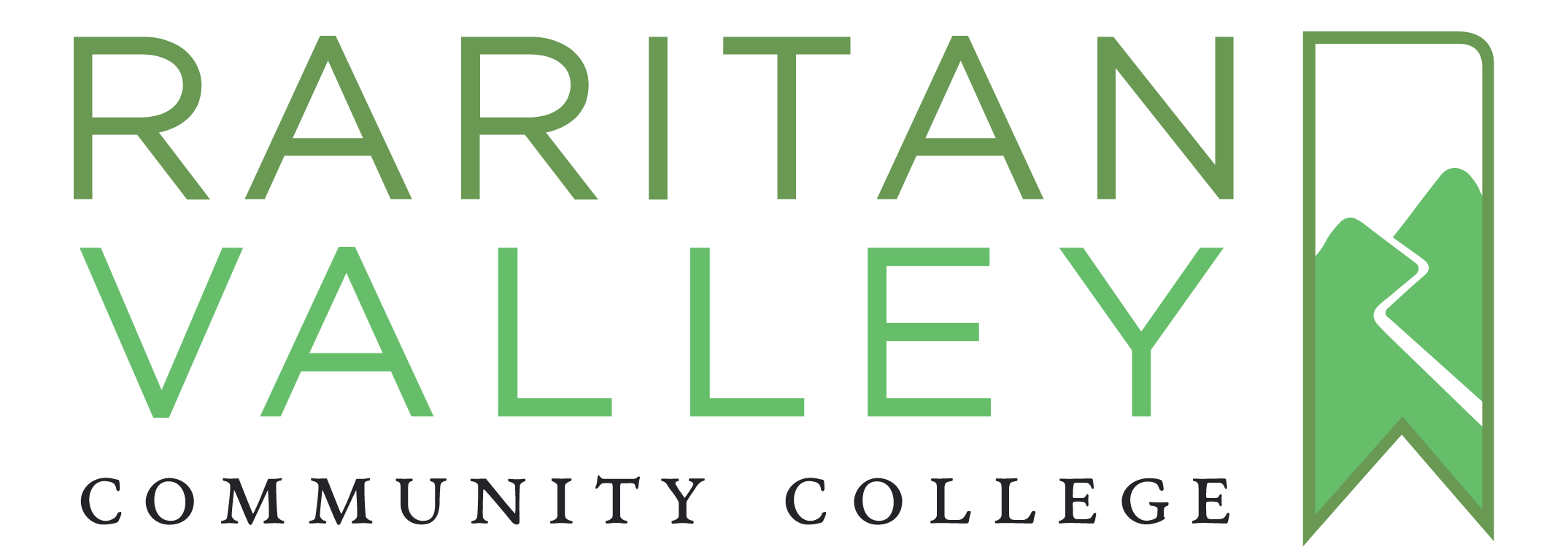14.1 The Essentials of Control
Figure 14.1
Control lets managers monitor and regulate actions to align performance with expectations.
Samuel M. Livingston – Mixer board – CC BY 2.0.
What’s in It for Me?
Reading this chapter will help you do the following:
- Understand what is meant by organizational control.
- Differentiate among different levels, types, and forms of control.
- Know the essentials of financial controls.
- Know the essentials of nonfinancial controls.
- Know the basics of lean control systems.
- Craft a Balanced Scorecard for an organization or yourself.
This chapter helps you to understand the key elements of organizational control, often seen in the form of internal systems and processes, as they relate to the planning-organizing-leading-controlling (P-O-L-C) framework. While there are many possible forms and formats, organizational controls should serve two basic functions. First, they should help managers determine whether and why their strategy is achieving the desired results. Second, they should be an early warning system in cases where the organization is getting a little (or a lot) off track.
Key to control is measurement. In business, we cannot control a resource if we cannot measure it. We can’t control mail delivery unless we measure the number of parcels, the time to deliver, the number of vehicles and staff, and numerous other items. We do not know if there is a problem or how big it is without measurement.
For effective control, the business must establish control standards. These are the marks that the business will compare its measurements against. One way to establish control standards is to compare the business to other businesses. Control standards can also be established using internal criteria. When a business compares the actual measurement with the control standard, it is called benchmarking. For example a business might benchmark its return on sales relative to the competition.
When controlling operations, there are three places where one can establish control standards and benchmark performance.
Preliminary control is measuring and controlling the factors of production as they come into the business. This could be simply screening new hires or sampling goods as they are received. You may have heard of the saying “garbage in – garbage out”. The idea is that taking in bad goods or information will inevitably result in poor products or service.
Screening control measures items as they are made. Each step in a process is a potential place to measure the product or service and make sure it meets the control standards. The earlier errors are detected, the easier and cheaper they are to fix.
Post action control monitors the final output before it goes to customers. Does it meet the criteria we have established? Again, it is much easier and cheaper to fix a problem before customers receive a product. Think of the expense companies have when they do a product recall.



